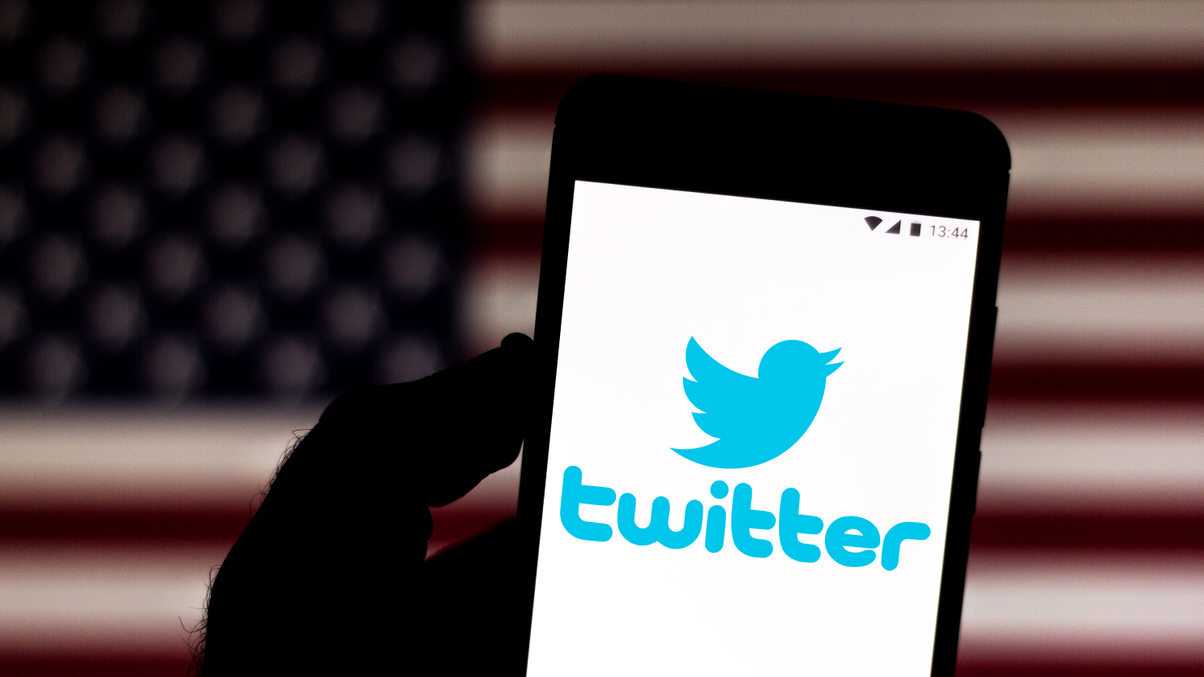Backchat: Trading on Trump’s tweets; Going for gold?
JP Morgan has come up with a novel way to monetise Donald Trump's twitter tirades; and is gold glistering more for investors, as mainstream markets become less certain?

TRADING ON TRUMP'S TWITTERSTORMS
Sign in to read on!
Registered users get 2 free articles in 30 days.
Subscribers have full unlimited access to AsianInvestor
Not signed up? New users get 2 free articles per month, plus a 7-day unlimited free trial.
¬ Haymarket Media Limited. All rights reserved.


